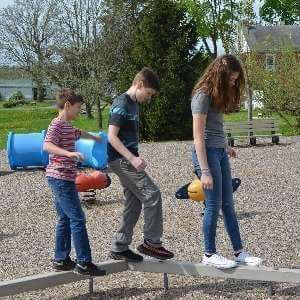I’m often asked by both autism professionals and parents how much of an impact they can make in an hour or two of ABA therapy per day or per week. In this week’s video blog, I’m giving you my take on how to best utilize that time:
Many studies have been done on Applied Behavior Analysis (ABA) Therapy but most studies have been done with children receiving 20-40 hours/therapy per week. This works out to 4-8 hours of therapy every weekday for 2 or 3 years. Insurance coverage for ABA in many areas within the United States is improving so many more children are receiving large numbers of ABA therapy per week. But there are usually deductibles and waiting lists. However, In many parts of the US and most of the rest of the world, getting 20-40 hours per week of ABA therapy is just not possible.
In my opinion the best thing you can do with 1, 2, 5 hours a week, is make sure you are training others during those hours. The worst thing you could do as an SLP, BCBA, or tutor, is to, say, “Okay Johnny, your speech therapy or it’s ABA time. Come with me.” And meanwhile, Mom is sitting in the lobby during ABA time or she’s up in the kitchen.
The end result is that she has no idea what you’re doing. So I would say, the fewer the hours, the more parent and caregiver training you’re gonna have to do. Say you’re working as a speech therapist within a school. Don’t just bring the child in to work with the child alone. Bring the aide in if possible. Or, do speech therapy within the classroom so everyone can watch. Bring whoever in who is gonna be with the child more than that one hour a week and that’s the way you’re gonna teach a person to fish, not just give them the fish.
These kids need a lot of their waking hours filled with good techniques and also know that these ABA techniques don’t have to just be at the table. They can be done outside. They can be done as you go to the grocery store, in the car, in the bathtub, getting your haircut, and we just need to structure it so that you know, depending on the child’s age, how much is reasonable to sit at the table. My clients sit at the table for over an hour at a stretch, but we work up to that gradually and they do love table time.
If you would like to learn more about turning autism around for your child or client with autism, make sure to download my free 3-step guide.
Thanks for watching and I’ll see you next week.






